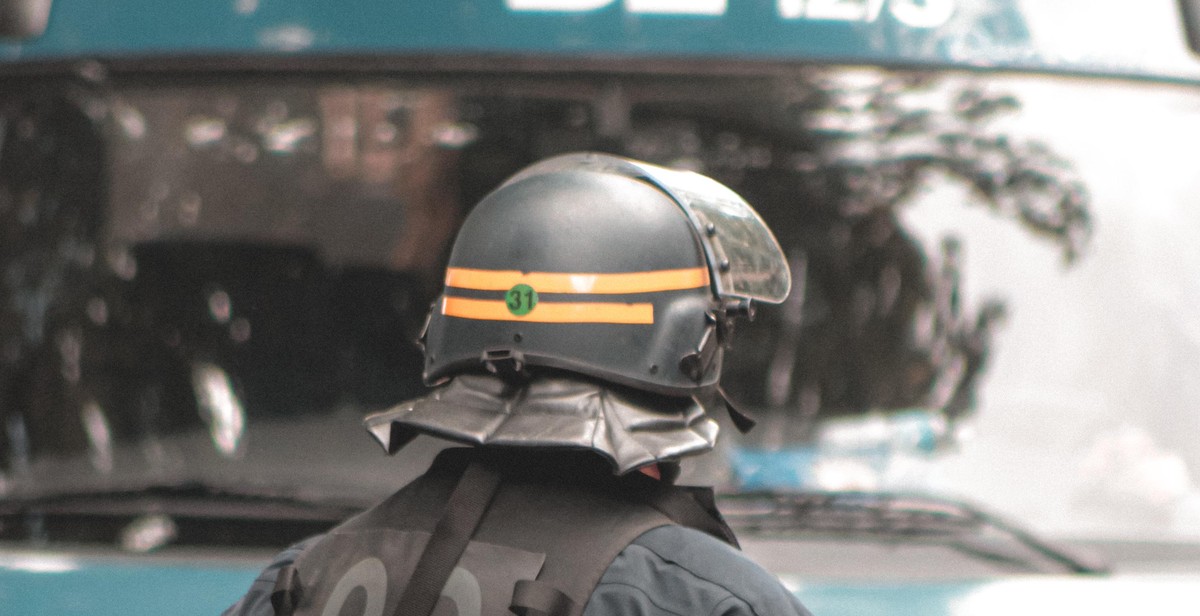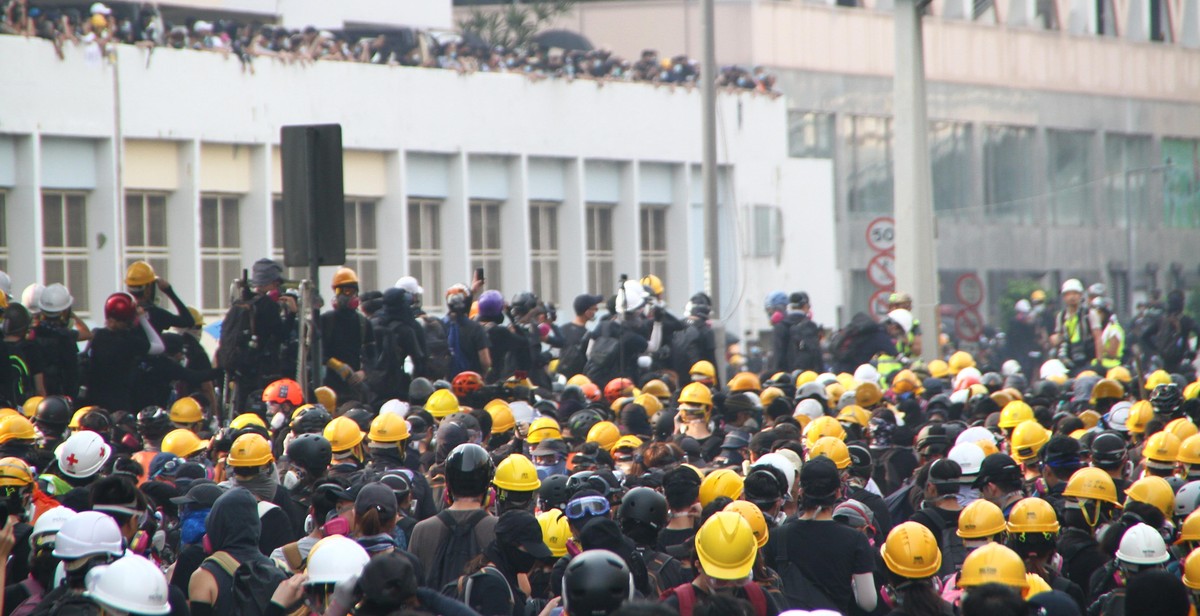How to Foster Community Safety: Strategies for Building Safe and Secure Neighborhoods
Community safety is an essential aspect of any neighborhood or society. It refers to the efforts put in place to ensure that individuals, families, and properties are free from harm or danger. A safe community is one where residents feel secure and can go about their daily activities without fear of being attacked or having their property vandalized.
Community safety is essential for several reasons. Firstly, it helps to prevent crime and maintain law and order. A safe community reduces the chances of criminal activities such as theft, assault, and vandalism. Secondly, it promotes social cohesion and helps to build stronger relationships among neighbors. When residents feel safe, they are more likely to interact and work together towards common goals.
Thirdly, community safety is crucial for economic development. A safe neighborhood attracts businesses and investors, leading to job creation and improved living standards for residents. Finally, community safety is essential for the physical and mental well-being of residents. When people feel safe, they are more likely to engage in physical activities such as exercising, which is crucial for good health.
However, fostering community safety requires deliberate efforts from residents, law enforcement agencies, and local authorities. This article explores some strategies for building safe and secure neighborhoods.

Building Trust and Communication
Building trust and communication are two crucial elements that can foster a sense of community safety in neighborhoods. When residents feel like they belong and are valued, they are more likely to take an active role in maintaining safety and security in their community.
Creating a Sense of Belonging
Creating a sense of belonging is an essential step in building community safety. Residents should feel like they are part of something bigger and that their contributions matter. This can be achieved by organizing events and activities that bring people together. For instance, a block party or a community cleanup day can help residents connect and form bonds with one another.
Another way to create a sense of belonging is by involving residents in decision-making processes. When residents have a say in how their community is run, they are more likely to feel ownership and responsibility for its safety and well-being.
Establishing Communication Channels
Establishing communication channels is another critical step in building community safety. Residents should be able to communicate with one another and with local authorities easily. This can be achieved by setting up a neighborhood watch group or a social media group where residents can share information and discuss safety issues.
Local authorities should also be easily accessible and responsive to residents’ concerns. This can be achieved by holding regular meetings between residents and local law enforcement agencies.
Organizing Regular Meetings
Organizing regular meetings between residents and local authorities can help build trust and promote communication. These meetings can be used to discuss safety concerns, share information, and develop strategies to address safety issues. Regular meetings can also help residents feel like their voices are heard and that they have a say in how their community is run.
In conclusion, building trust and communication is crucial in fostering community safety. By creating a sense of belonging, establishing communication channels, and organizing regular meetings, residents can work together to create safe and secure neighborhoods.

Collaborating with Local Law Enforcement
One of the most effective ways to foster community safety is by building strong relationships with local law enforcement agencies. By working together, community members and law enforcement officials can create a safer and more secure neighborhood for everyone.
Building Relationships with Law Enforcement
Building relationships with law enforcement officials is crucial to creating a safe community. Here are some tips on how to establish a positive relationship with your local police department:
- Attend community meetings and events hosted by law enforcement agencies.
- Participate in ride-alongs with police officers to better understand their role in the community.
- Volunteer with local law enforcement agencies to help with community outreach programs.
- Establish a neighborhood watch program to work closely with law enforcement to prevent crime in your community.
Organizing Community Policing Programs
Community policing programs are a great way to work together with law enforcement officials to improve safety in your neighborhood. These programs involve collaboration between community members and law enforcement agencies to address specific safety concerns. Here are some examples of community policing programs:
| Program | Description |
|---|---|
| Neighborhood Watch | A program that encourages community members to look out for each other’s safety and report suspicious activity to law enforcement. |
| Community Patrols | Community members work in partnership with law enforcement to patrol the neighborhood and report suspicious activity. |
| Police Athletic League | A program that provides youth with positive interactions with law enforcement through sports and other activities. |
By collaborating with local law enforcement agencies, community members can take an active role in improving safety in their neighborhood. Building relationships with law enforcement officials and organizing community policing programs are just a few ways to create a safer and more secure community for everyone.

Implementing Physical Security Measures
One of the most effective ways to foster community safety is by implementing physical security measures. These measures include:
Installing Security Cameras
Security cameras are an excellent way to deter criminals and capture evidence if a crime does occur. When installing security cameras, it is important to place them in strategic locations such as entry and exit points, common areas, and high-traffic areas. It is also important to ensure that the cameras are of high quality and have good resolution. Additionally, it is crucial to have a system in place to monitor the cameras and respond to any suspicious activity.
Securing Common Areas
Common areas such as parks, playgrounds, and community centers should be secured to prevent criminal activity. This can be done by installing locks on gates and doors, adding security lighting, and implementing access control measures such as keycard or code entry systems. It is also important to regularly inspect these areas to ensure that they remain secure and to address any issues that may arise.
Improving Lighting
Good lighting is essential for deterring criminals and preventing accidents. It is important to ensure that all common areas, walkways, and parking lots are well-lit. This can be achieved by installing additional lighting fixtures or upgrading existing ones. Motion sensor lights can also be used to conserve energy while providing additional security.
| Physical Security Measure | Description |
|---|---|
| Installing Security Cameras | Strategically place high-quality cameras to deter criminals and capture evidence |
| Securing Common Areas | Install locks, security lighting, and access control measures to prevent criminal activity |
| Improving Lighting | Ensure all common areas, walkways, and parking lots are well-lit to deter criminals and prevent accidents |

Educating and Empowering Residents
One of the most important steps in building safe and secure neighborhoods is to provide residents with safety education. Educating residents on how to identify potential threats and how to respond to them can go a long way in preventing crimes from happening in the first place.
Encouraging reporting of suspicious activity
Reporting suspicious activity is another key strategy in fostering community safety. Residents should be encouraged to report any suspicious behavior or activity to the appropriate authorities. This could include anything from unusual noises or movements to strangers loitering in the area. By reporting suspicious activity, residents can help prevent crimes from occurring and help law enforcement investigate and solve crimes that do occur.
Promoting neighborhood watch programs
Neighborhood watch programs are another effective way to promote community safety. These programs involve residents working together to keep a watchful eye on their neighborhood and report any suspicious activity to law enforcement. Neighborhood watch programs can also help build a sense of community and promote social cohesion, which can further deter criminal activity.
| Benefits | Explanation |
|---|---|
| Increased crime prevention | Neighborhood watch programs can help prevent crimes from occurring by deterring criminals from targeting a particular area |
| Improved communication with law enforcement | Neighborhood watch programs can help facilitate better communication between residents and law enforcement, which can improve response times and help solve crimes more quickly |
| Promotes community cohesion | Neighborhood watch programs can help build a sense of community and promote social cohesion, which can further deter criminal activity |
By providing safety education, encouraging reporting of suspicious activity, and promoting neighborhood watch programs, residents can play an active role in building safe and secure neighborhoods. These strategies can help prevent crimes from occurring and foster a sense of community and social cohesion that can further deter criminal activity.

Conclusion
Building a safe and secure community is not an easy task, but it is possible. The key is to involve everyone in the process and create a sense of ownership and responsibility for the safety of the neighborhood. By implementing the strategies outlined in this article, you can foster a safer and more secure community for yourself and your neighbors.
Remember:
- Communication is key. Talk to your neighbors and law enforcement to stay informed and aware of any safety concerns in your area.
- Be proactive. Take steps to prevent crime and promote safety, such as installing security cameras or organizing a neighborhood watch.
- Get involved. Participate in community events and activities, and encourage others to do the same. A strong and connected community is less vulnerable to crime.
By working together and taking action, you can create a safer and more secure environment for everyone in your neighborhood. Don’t wait for something to happen – start building a safer community today.
| Author: | John Doe |
| Date: | June 1, 2021 |
